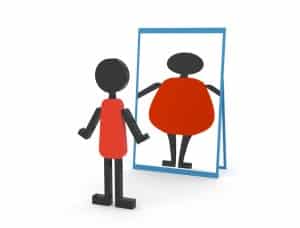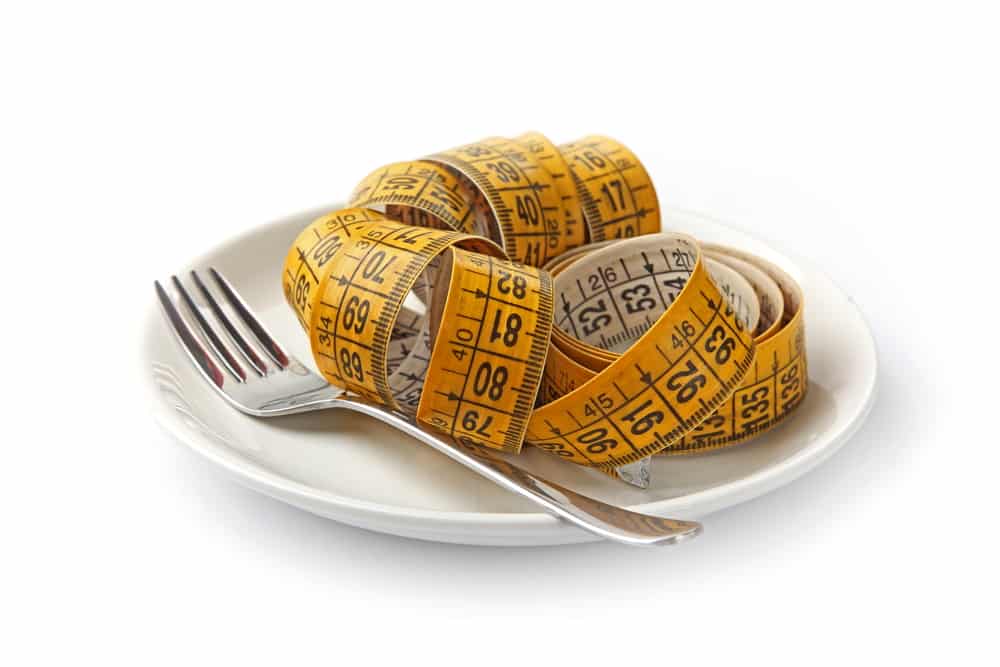I was shocked when my daughter’s high school adviser told me that there are consistently 8-10 girls in every graduating class in this small private high school who struggle with eating disorders. I’d had no idea that eating disorders were so rampant. But later, when I thought about it, it made a great deal of sense.
In high school, the perceptions of one’s peers carry extra weight. It really matters that you fit in, that you look good, that your friends see you as one of the gang. It’s only later on, at some distant time after adolescence, that individuals are allowed to be individuals. It’s only in adulthood that one earns the luxury of being quirky and distinct.
In adolescence, you must be part of the pack. You have to be thin. You have to wear the clothes of specific manufacturers even if they don’t fit your body type. Or at least you are convinced that this is so, whether true or not. And that’s the main thing because it is your perceptions that guide your behavior.
Looking Cool
In my day that meant I had to purchase and wear straight-legged Landlubber jeans and Huckapoo blouses. If they didn’t look good on me, I had work to do to make them look good on me. If my hair wasn’t straight enough, I had to roll it around juice cans or blow it straight with the latest model Conair blow dryer with numerous settings. I had to buy and apply little Mary Quant decals to my fingernails in order to be really, really cool.
It was a lot of work. It was time consuming. It was expensive. And it was nerve-wracking.
For the popular girls, it all seemed effortless. Especially if they came from families of means. For the rest of us, it was always a huge struggle.
Grades meant absolutely nothing to me at that point except insofar as they might earn me privileges or cold hard cash from my parents. If I got good grades, my parents might let me stay out later or buy more cool clothing. I didn’t care about the future. I cared only about the here and now and how I appeared to my circle of friends.
So I can see how this would go with eating disorders. Oh, I can see exactly how it would go. Today, I can barely eat two slices of pizza at a sitting. But at that age?
At that age, I could practically eat an entire pizza by myself.
 Imagine one girl in the crowd discovers she can eat whatever she wants and still look good enough, thin enough, to look good. All she has to do is stick her finger down her throat after meals.
Imagine one girl in the crowd discovers she can eat whatever she wants and still look good enough, thin enough, to look good. All she has to do is stick her finger down her throat after meals.
Soon, she tells her friends about her “discovery” and they start doing it, too.
It runs along the lines of: have your cake and eat it, too. Though it may be pizza instead of cake.
Or perhaps instead of sticking fingers down throats, they simply stop eating. It makes them feel light and airy. Kind of high. And at a certain point, the girls note, you no longer feel hungry.
Eating Disorders Sisterhood
Soon you have groups of girls hanging together. They have a purging sisterhood. Or a starvation sisterhood. Food bonds cultural and ethnic groups. It bonds teens, too, even when it’s about the avoidance of food or purging food. Food is still the central character around which everything revolves.
Teenage friendships are deep and substantial. So what is a parent to do to counter these negative, DANGEROUS behaviors borne out of wrongheaded teenage notions about fitting in and deep teenage friendships predicated on common experiences?
It’s darned difficult, I’ll tell you that.
But yes. There are things you can do to be proactive in preventing eating disorders in your children. Here are five key steps you can take, on an ongoing basis, to ensure your kids develop healthy attitudes about food and body image.
- Model healthy eating habits and maintain a healthy weight. Kids learn by example. If you eat right and keep your weight within appropriate limits, you are modeling sound eating habits for your children.
- Teach your children about nutrition and healthy eating habits. Make good nutrition and conversely, eating disorders, a part of the conversation. Talk with your children about body types and the dangers of trying to change the body one has through diet and exercise. A big-boned, large-framed person is never going to be “thin and willowy” and is not meant to be so. And that is absolutely fine and dandy.
- Learn to shut out media messaging. The media may promote ultra thin bodies in order to sell more clothes to teenagers. And that is precisely what teens need to know: that it’s a marketing tool, not a recommendation. The media preys on the unhealthy tendencies of teens because that is what sells. Explain to your child how the media uses fears about body image to sell things. Talk with your child about what constitutes a healthy size.
- Promote healthful eating habits and moderate exercise Avoid labeling foods “good” or “bad” but encourage a nutrition-dense diet. Exercise and balanced meals should be encouraged for their own worth and not as a prescription for the attainment of a specific body shape or weight.
- Build your child by praising her accomplishments. Offer your child your respect. Don’t measure her worth according to externals, or she will learn that her beauty is only skin deep. If your child has a good sense of herself and her talents, she won’t turn to food as a way to control the way she feels about herself.
